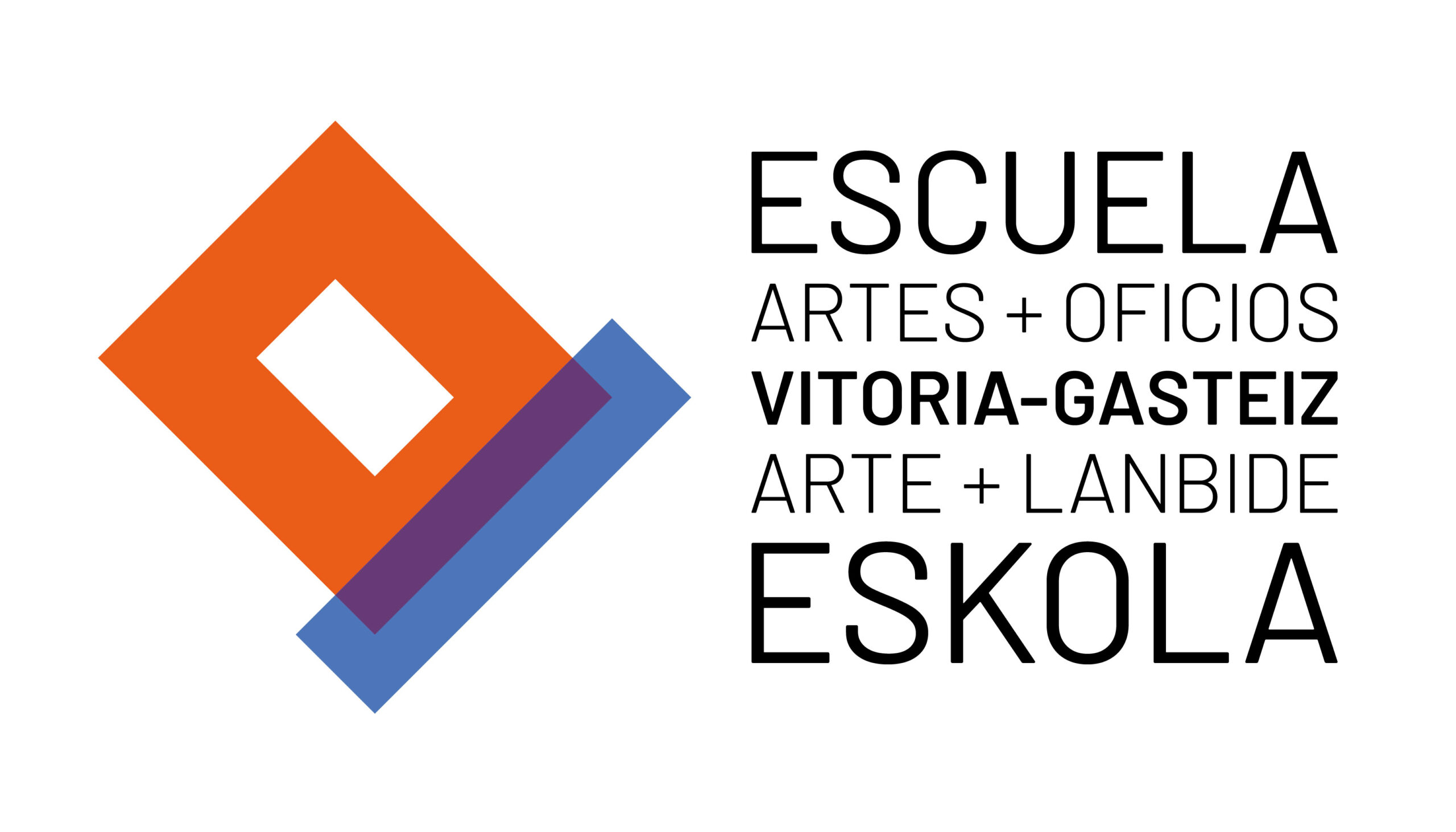(Click here to see the work of our students)
It starts from scratch, although a basic knowledge of drawing is necessary. Watercolor is studied in its most diverse techniques and traditional procedures and also approaches watercolor treatments in the context of contemporary expression.
The watercolor technique, despite its reputation as a difficult technique, is a perfect ally to learn the theory of color and the development of techniques on paper. It is possible thanks to the ease with which the various mixtures are made and its immediacy. It is an ideal support for developing personal creative skills.
The courses will be adapted to the characteristics of the group and the capabilities of its members.
At first we will develop the various procedures with which each student will experiment with a playful and approach to the specific techniques of watercolor. For this we will base ourselves on simple reproductions of other artists. With this practice we are able to approach still lifes and interpretations of photography through a process to reach our own creations.
Days of the week:
- Watercolor afternoon: Tuesdays and Thursdays (I, II)
- Watercolor evening: Tuesdays and Thursdays (I, II, III and IV)
Schedule: From 5:00 pm to 7:00 pm or from 7:30 pm to 9:30 pm
Conditions of access: 1st year of Painting, Basic Drawing or proof of basic knowledge.
Duration: School year from September to June
AQUARELA I. INITIATION. CONTROL OF HUMIDITY AND TIME
Informative summary of the course
The Watercolor I course is proposed as a progressive approach from scratch to the world of color and form through the technique of watercolor. Understanding and applying in a creative way the fundamentals of color and volume through the different conventional plastic resources is the basic content of this first course; we will start from zero so that all students have the basic knowledge that makes watercolor different from other pictorial techniques. With simple exercises we will understand the behavior of the paper and the loads of water to apply in each moment, we will work on photographs of simple landscapes.
CONTENTS
- Study of paper humidity and drying times to control the support and the medium.
- Types of brushes, papers, palettes and auxiliary materials. Watercolor paints.
- Water loads and pigment concentrations in gouaches.
- Watercolor gradients and tilt control to create uniform planes.
- From light to dark: the process of elaboration in a watercolor.
- White color, reserves and lights.
- The importance of contour, smooth or sharp edges.
WATERCOLOR II. WORKING WITH LAYERS AND LANDSCAPE ELEMENTS
Informative summary of the course
The Watercolor II course is proposed as a logical continuity in the learning process initiated in the Watercolor I course. Having learned the basic fundamentals of color and volume through the different conventional plastic resources, a stage of deepening begins, applying more complex techniques and larger formats.
In this course we will advance in the themes chosen for painting, looking for compositions with more elements and the main objective will be to integrate them all within the same scene in order to generate the desired environments and atmospheres. We will continue working on photographic support and also on illustrations. For this we will develop new concepts and procedures.
CONTENTS
- Gestures and brushstroke speeds.
- Watercolor textures. Binders and compatible materials.
- Color temperature in layers, from warm to cold.
- Tonal value, shadows, atmospheres and environments.
- Glazes, scratches and remains of wet pigment.
- Depth related to the water-pigment ratio (background, middle ground and foreground).
- Characters and vehicles in the urban landscape. Proportions and solutions with watercolor.
- Integration of architectures, vertical gouaches.
- Complex reflections in moving water and wet surfaces.
AQUARELA III. INTERPRETATION OF THE NATURAL
Informative summary of the course
The different techniques and work procedures learned should give way throughout this third course to experimentation and creativity that will allow the student to be able to develop the activity with his or her own criteria.
We are supposed to be completely familiar with the concepts and behavior of water, pigment and paper. After having worked on photographic material, it is time to face the real model.
CONTENTS
- Landscape composition and fit.
- Synthesis and selection of the focal point.
- Chromatic range and harmony. Backlighting and direct light.
- Choreography in the landscape.
- Guidelines for outdoor work, tips and materials.
- Preparation of large format supports. How to stretch watercolor paper on a stretcher.
AQUARELA IV. EXPERIMENTATION
Informative summary of the course
In this course it is the student who has to take the initiative with the logical follow-up of the teacher. It is intended to deepen the world of watercolor through research work and interconnection with other artistic specialties of plastic order.
